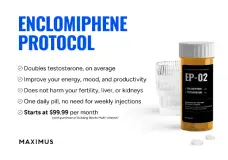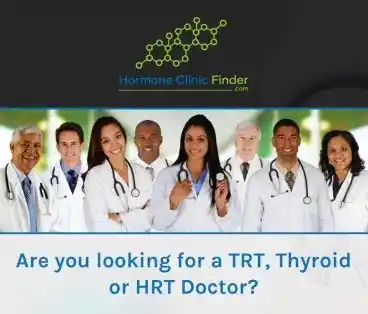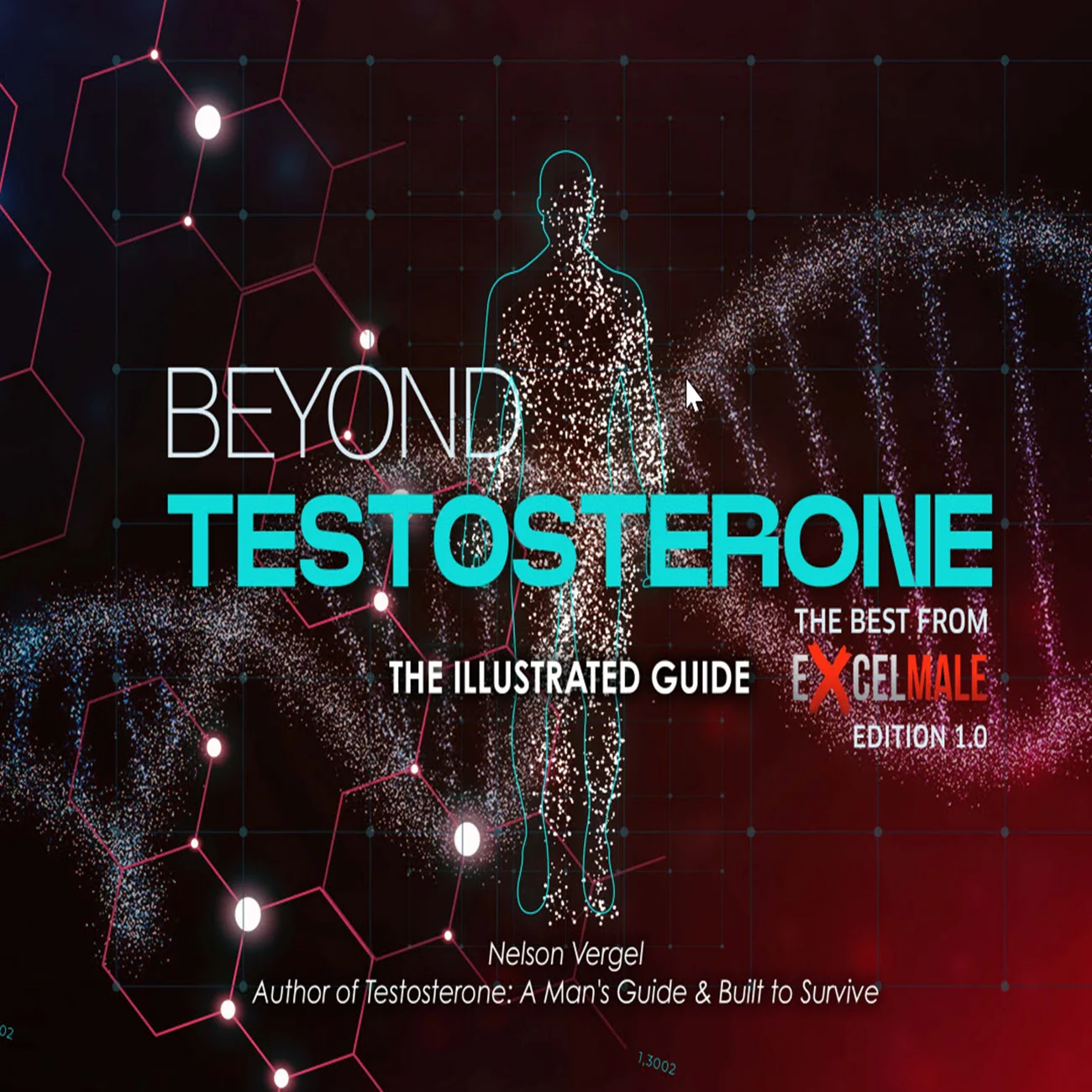A one-size-fits-all approach is a doctor who gives all his patients 140 mg TC per week right from the start. And from there his plan is bloodletting to control cases of
high hematocrit and AIs to address symptoms of high estradiol. This results in unnecessary suffering by many of his patients. The better approach is to start with 60-80 mg TC/week and titrate as needed. The creators of Xyosted understand this. But others still yield to more-is-better thinking. You are defending the indefensible.
Ok, this is amusing. I haven't had anxiety since around when I started TRT—perhaps one of the biggest benefits of all this hormonal tinkering.
Let me be blunt. You are well-meaning and trying to be helpful, but your posts tend towards vapidity. Many are along the lines of "Here is my protocol and I do great on it." The problem with this is that because you are a moderator your posts carry more weight with newcomers than they should. They encourage men to bypass the low-and-slow approach. "Well if Vince says it's good then why waste time trying lower doses?" Meanwhile I'm trying as hard as I can to counteract this: "Wait a minute, many guys fare much better with physiological doses. Read
some of their stories. With this in mind, why not start low and raise the dose only if needed?"
And the cigarette companies used to say "It's only an association. There's no proof they cause cancer."
Is high HCT unhealthy? What about high estradiol? Is it healthy to use AIs to address symptoms of high estradiol? I think it's pretty safe to say that for most men supraphysiological testosterone is less healthy overall than in-range testosterone. The exceptions might include those whose insecurities compel them to maximize musculature; the stress of untreated body dysmorphic disorder could be worse than high testosterone.











